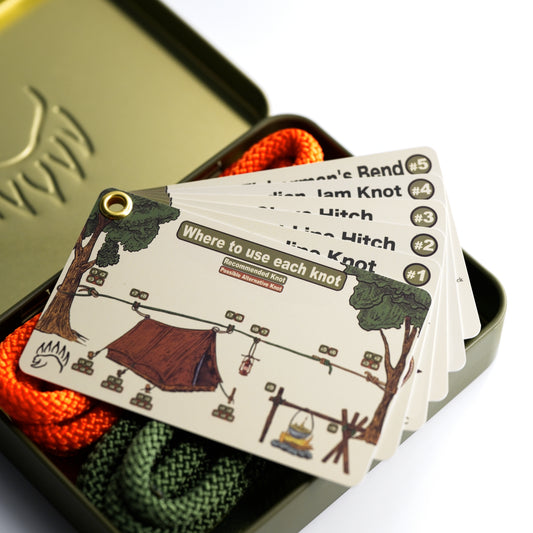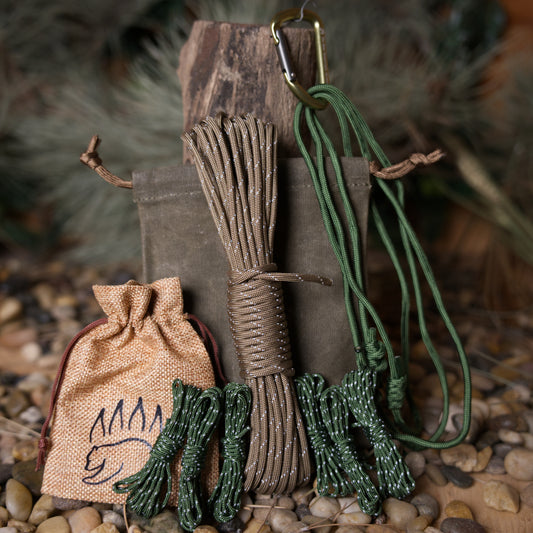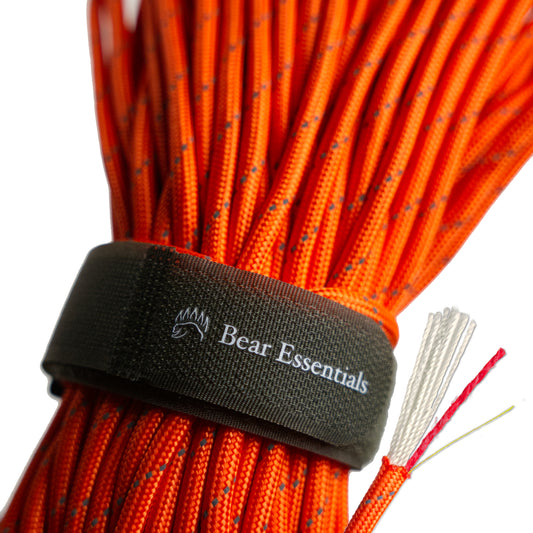How to Tie the Bellringer's Knot
Usage
The Bellringer's Knot, also known as the Remote Release Hitch, is commonly used to secure a rope to an object with a quick-release mechanism, perfect for temporary ties in hoisting or utility tasks.
Why Learn the Bellringer's Knot?
The Bellringer's Knot is a practical choice for anyone needing a fast, reliable release in low-stakes scenarios. Its shake-loose design allows instant untying for temporary setups.
Common Uses
-
Hoisting:
- Secures loads for temporary lifting or rigging.
- Ties ropes to objects for quick-release hoisting tasks.
-
Utility:
- Fastens cords for bundling items or securing bags.
- Creates temporary ties for household or workshop setups.
ABOK Number
(Ashley Book of Knots)
Other Names
Category
|
Notable Features
- Quick Release: Unties with a single tug, ideal for rapid disassembly.
- Simple to Tie: Forms quickly with minimal steps, great for urgent tasks.
- Versatile Use: Works in hoisting, boating, or household cord management.
- Hands-Free Release: Shake the standing end to release, no hands needed.
Variations
Safety Remote Release Hitch vs. Bellringer's Knot
Similar Knots
Kamikaze Knot vs. Bellringer's Knot
- Pros: Also shakes loose for quick release, suitable for specialized climbing retrieval.
- Cons: More complex to tie and riskier, less practical for general use.
Bear’s Grip Hitch vs. Bellringer's Knot
- Pros: Stronger grip for heavier loads, still releases with a pull.
- Cons: Less instant to release, requires more steps than the Bellringer’s Knot.
History
The Bellringer's Knot, or Remote Release Hitch, likely originated in maritime or industrial settings, where quick-release knots were needed for rigging or securing loads. Referenced in The Ashley Book of Knots (#172-a), it’s valued for its simplicity and hands-free release, historically used by bellringers to control ropes. Its use in modern hoisting and utility tasks reflects its adaptability for temporary, low-stakes ties.
Security Level
The Bellringer's Knot provides moderate security for temporary ties, holding well under light to moderate tension but prone to accidental release without a safety tuck. It’s reliable for low-stakes tasks but requires careful setup to avoid slippage. Adding a safety tuck or overhand knot ensures greater reliability for critical applications.
Downsides
- Premature release: Can shake loose unintentionally without a safety tuck.
- Limited load capacity: Not suitable for heavy or dynamic loads.
Structure
- Pass the rope around the object (e.g., a post or ring) and bring the working end over the standing line.
- Form a bight with the working end and pass it under the standing line, creating a loop.
- Pull the bight through the loop to form a slipped knot, keeping the bight loose for release.
- Tighten the knot by pulling the standing line, ensuring the bight remains accessible.
- To release, tug or shake the standing end to pull the bight free.
Pro Tip: Keep the bight long enough to easily grab or shake for release. Add a safety tuck (e.g., an overhand knot) for critical tasks to prevent premature release. Practice the release motion to ensure it works smoothly before use.
FAQ
Is the Bellringer's Knot strong enough for heavy loads?
It’s suitable for light to moderate tasks but needs a safety tuck for heavier loads to prevent release.
What’s the best rope for the Bellringer's Knot?
Smooth, flexible ropes like nylon or polyester work best for easy release and secure tying.
How does the Bellringer's Knot compare to the Highwayman’s Hitch?
The Bellringer’s Knot is simpler and releases faster, but the Highwayman’s is more secure for heavier loads.
Can the Bellringer's Knot be used in climbing?
No, it’s not safe for climbing due to its quick-release nature; use knots like the Figure Eight instead.
Why choose the Bellringer's Knot over the Tumble Hitch?
The Bellringer’s Knot is easier to tie and releases more consistently with a single tug.
Important Notes on Safety
Common failure points include accidental release or a poorly formed bight, which can cause the knot to fail. Always verify the knot is secure and test it under light load before use.
Check rope for wear or slickness before tying.
Ensure the bight is long enough for easy release.
Practice tying and releasing in low-stakes settings first.
Want to learn more? Explore knot-tying guides.







